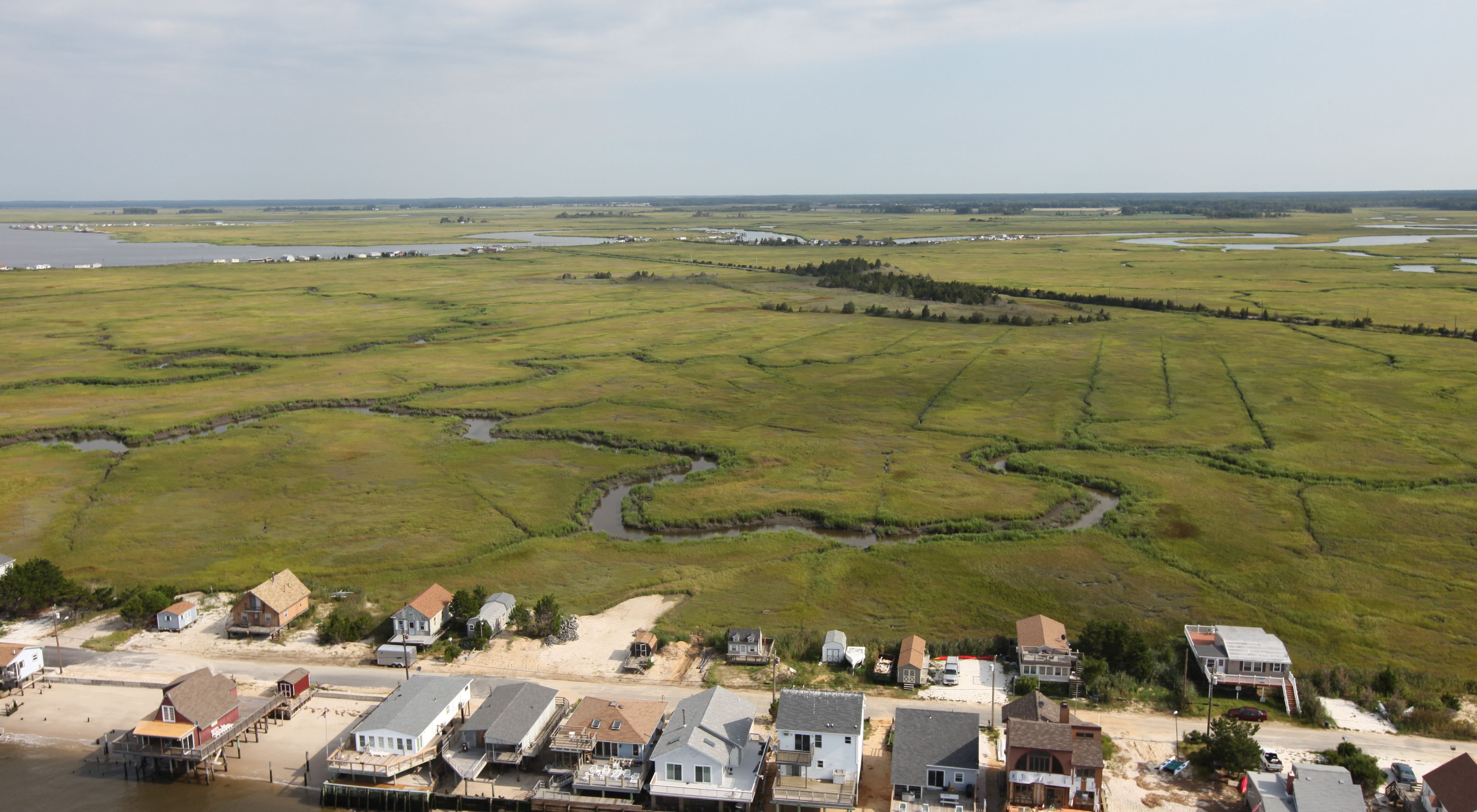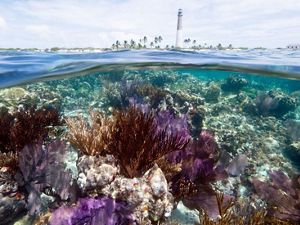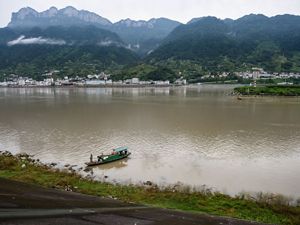The Challenge
Nearly half the world’s population—some 3.5 billion people— lives near coasts. As climate change exacerbates the effects of storms, flooding and erosion, the lives and livelihoods of hundreds of millions of those people will be at even greater risk. Nature makes communities more resilient to the impacts of climate change, reefs, dunes and marshes break waves, absorb storm surges and blunt winds, greatly reducing risk to people and businesses.
Healthy coral reefs can reduce the wave energy that would normally hit coastlines by 97 percent - and they protect more than 200 million people from storms globally. It is estimated that 95% of all commercially important fish species depend on coastal habitats at one stage in their life cycle. They store carbon in their soils for thousands of years, filter and clean coastal waters, reducing pollution such as agricultural runoff and sewage; and are the foundation for a healthy tourism economy for many communities.
Weather related disasters cost the global economy $250 billion every year. In a recent study done with the insurance industry, we determined that wetlands saved coastal communities in 12 U.S. states $625 million in avoided economic losses during Hurricane Sandy. Identifying, protecting and restoring areas that decrease flood risk can reduce the consequences of flooding — loss of life, structures and crops — and decrease repetitive economic losses.
Our Approach
Using a local to global approach, The Nature Conservancy is working in more than 50 communities around the world- from urban Miami-Dade County, Florida to small island developing countries like Papua New Guinea - and places in between, to protect people and communities through nature. We are protecting and restoring coral and oyster reefs, floodplains, mangrove forests and marshes to demonstrate the value of nature as a cost-effective way to protect people and property from flood and storm damage.
With 68,000 people displaced by climate change every day, we are working with organizations like The Red Cross Global Disaster Preparedness Center to make ecosystems a foundation of humanitarian disaster risk reduction integrating ecosystems into natural disaster prevention and preparation. Working with decision makers who plan, finance and insure new development and infrastructure, we are changing how countries and businesses adapt to current and future risks on a global scale while building economic and community resilience.
Partnership and collaboration are key to our work. By engaging with the insurance and reinsurance industries, global financial institutions, engineering firms and other financial sector partners, we are working to leverage the value of nature, and to unlock investment for nature in order to create a world where people and nature thrive.
We know that nature reduces risk. Our research and insurance industry engagement is changing how storm and flood risk is modeled and priced to reflect the value of natural solutions, creating incentives to maintain and restore nature. We are developing new insurance products that allow for people, property and nature to be protected.
With the right information and tools, like Coastal Resilience 2.0 and Climate Wizard, decision makers can assess the risks and cost effectiveness of different natural solutions. That’s why we’re developing mapping tools and applications to empower decision makers to make better investments, including in nature.
In order to protect vulnerable communities and economies around the world, nature must play a critical role.
Support Our Oceans
With your help, we can conserve marine habitat and restore the biological wealth of our oceans to benefit marine life, local communities and coastal economies.



